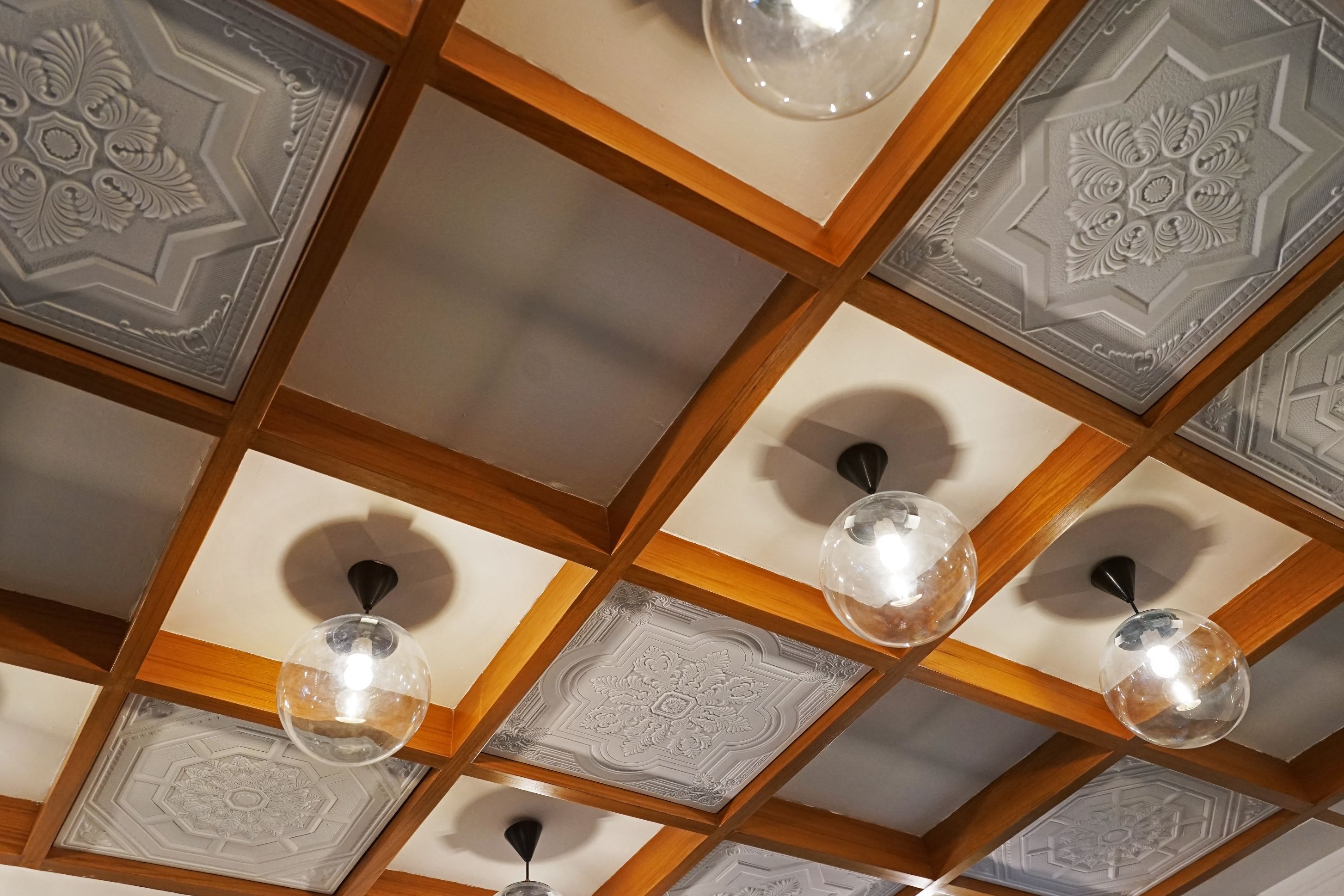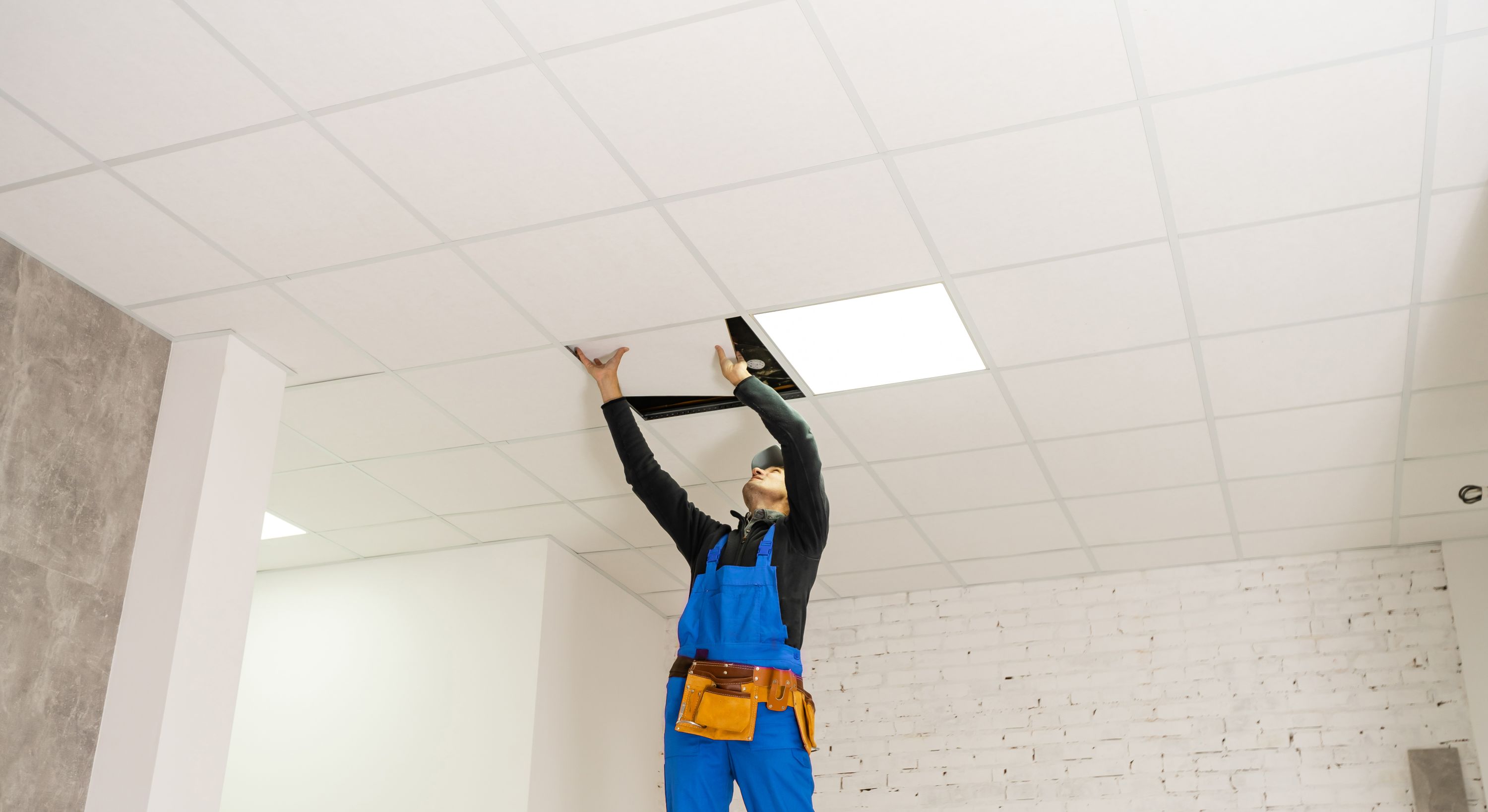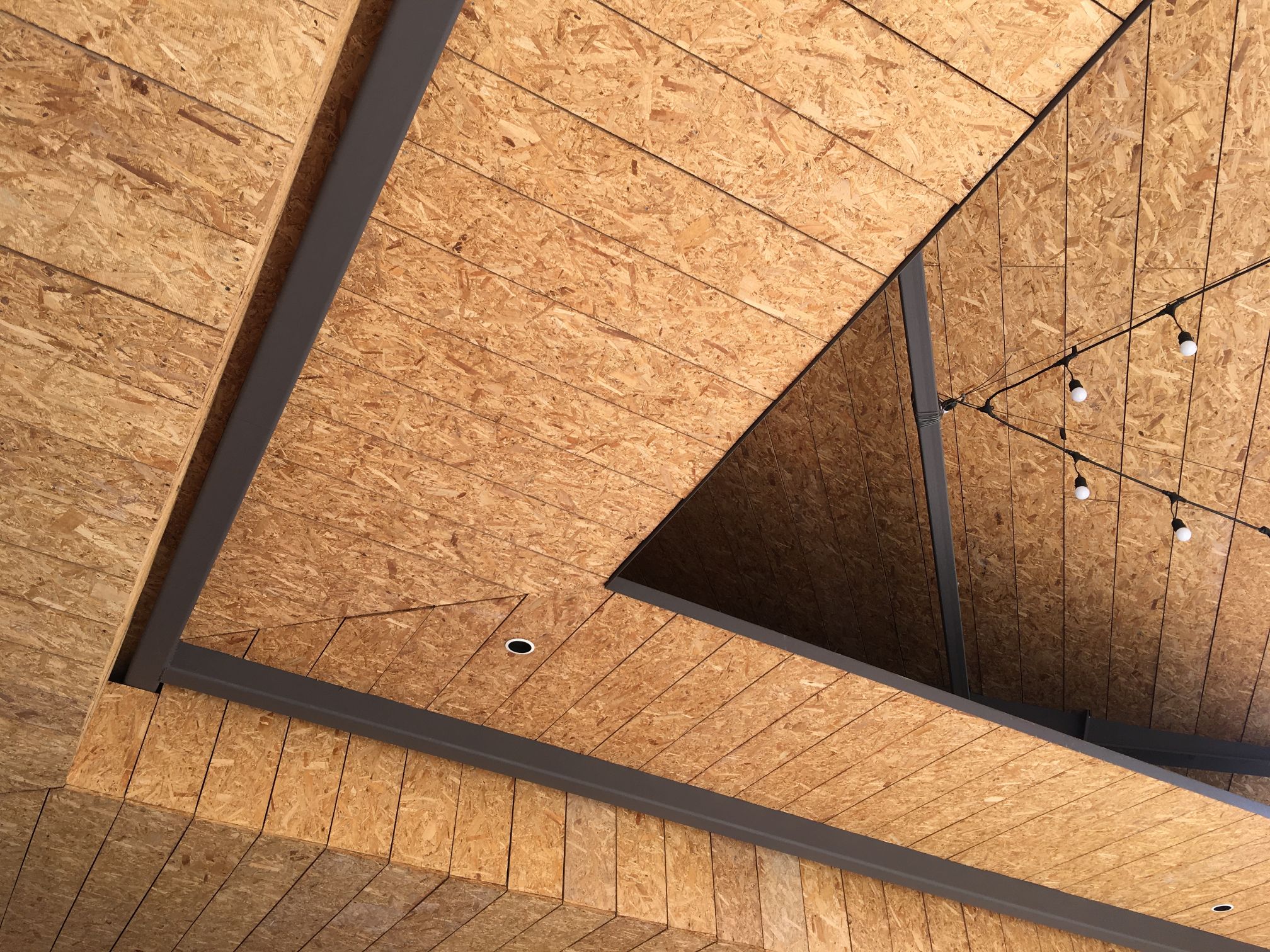Looking at sprucing up your home with a striking effect? False ceilings may just add a bit of class and elegance to your space. It is a popular architectural and interior design feature used in buildings to create an additional layer of ceiling below the main structural ceiling. The false ceiling has both functional and aesthetic purposes.
Purpose and benefits of false ceilings
False ceilings are made to inject the space with various décor elements, such as intricate patterns made from POP or an attractive wooden ceiling that instantly amps up the space. Certain false ceiling materials are great for insulation. False ceilings offer plenty of benefits pertaining to design, aesthetics, and functionality. From extending acoustic benefits to concealing unwanted wiring, false ceilings can greatly impact the look of a space.
False ceilings are a great way of incorporating various design elements, lighting patterns, decorative elements, and textures. This boosts the overall ambience and décor of the space.

The use of false ceilings in various architectural styles
Functionality of False Ceilings
- Thermal and acoustic insulation: The space between the primary and false ceiling traps the air and acts as a thermal barrier, resulting in comfortable indoor temperatures and reducing energy consumption. With the right false ceiling materials, they can improve sound absorption and reduce noise levels.
- Concealing electrical wiring and ducts: False ceilings are a practical solution for concealing electrical wiring, plumbing, ducts, and other utility lines. This makes the ceiling visually appealing and neat.
Types of False Ceilings Based on Materials
- Gypsum false ceilings: Gypsum false ceiling material is lightweight, easy to work with, and lends a smooth finish. These are suspended using a metal framework and are a great insulation material.

- Metal false ceilings: Metal false ceilings like galvanised iron and aluminium are available in the form of planks, panels, and ceiling tiles. The shine adds beauty and a smart appeal to the décor. You can use metal paints to enhance the look.
- Wooden false ceilings: Wooden false ceilings add a touch of warmth and sophistication to the space.
How to Protect Wood
When you opt for a wooden ceiling, make sure the humidity levels are low, as it can ruin the wood. You can use Berger paint on your wooden ceiling to keep it looking fresh and clean.
- PVC false ceilings: PVC ceilings are not as expensive, are lightweight, and are easy to clean. They are often used where moisture is higher, such as in bathrooms and kitchens.
Types of False Ceilings Based on Design
False ceiling designs add to the overall aesthetics of the space, and as such, the various types of designs offer a wider scope for creating unique spaces.
- Suspended false ceilings: This design is made from tiles and a metal framework suspended from the ceiling, creating space between the two.
- Stretch false ceilings: This is a suspended ceiling system with a perimeter track and an accompanying membrane that clicks onto the track.
- Coved false ceilings: A curved or sloped transition is created between the walls and ceiling. This architectural feature is often used to hide indirect lighting fixtures, creating a soft and diffused glow that adds a touch of warmth.
- Tray false ceilings: Tray ceilings have multiple layers, with the middle part being higher than the edges. This design adds depth and dimension to the room and can be accentuated with varied colours or textures.
Factors to Consider Before Choosing a False Ceiling
- Ceiling height and room size: The height of the room and the space are important factors when opting for a false ceiling. Some types, like trays or vaulted ceilings, require a higher height, while plain or cove ceilings are possible for low ceilings.
- Environmental factors: The climate of a region and the weather that the false ceiling is exposed to should be considered.
- Aesthetic preferences: The chosen design and aesthetic theme for the space makes a big difference. The likes of colour schemes, patterns, false ceiling material, and lighting options are crucial. Choose interior paint colour that complements the ceiling to create a harmonized finish.
False Ceilings and Interior Design
- Enhancing room aesthetics: – False ceilings can instantly transform the look of a room with their various types, designs, and textures. Wall colours are important when you opt for false ceiling.

- Combining lighting and false ceilings: The lighting effect possible with false ceiling types makes it even more appealing.
Conclusion
Creative use of false ceiling materials, wall colours, and lighting can further enhance the aesthetics and impact of the chosen design. Choose the type based on the décor and theme of the room.
FAQs
Can you explain the installation process of a suspended false ceiling?
The installation process involves creating a secondary ceiling that is suspended below the primary structural ceiling.
How can I incorporate creative lighting options into my false ceiling design?
You can play with lighting with the many false ceiling types for a modern look.
Does a false ceiling have any impact on energy efficiency and utility costs?
Yes, certain false ceiling materials reduce the heat and make the room cooler.
How can I enhance the aesthetics of my living room with a false ceiling?
Adding lights of different effects and finishes and introducing different elements with a false ceiling can enhance the aesthetics.
Are there any specific safety measures to consider during false ceiling installation?
Using proper tools and equipment, along with ensuring structural integrity, are some of the safety measures.


 Get in Touch
Get in Touch
